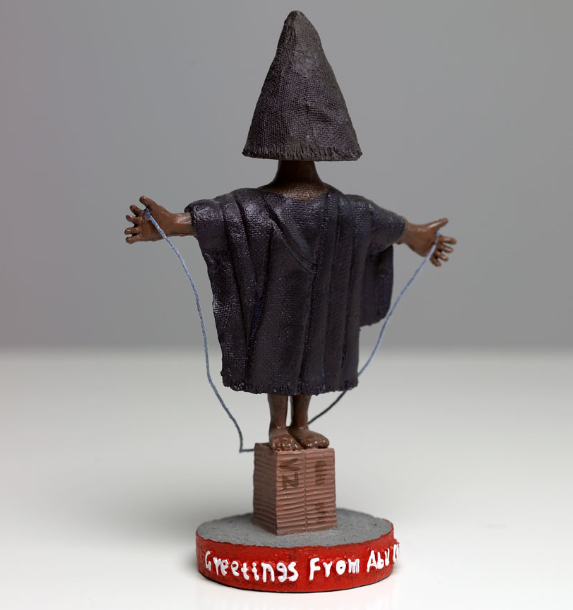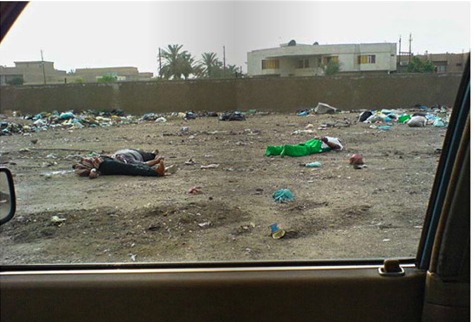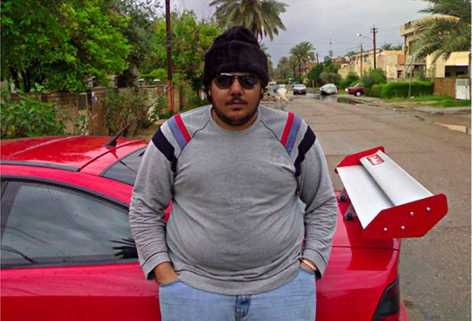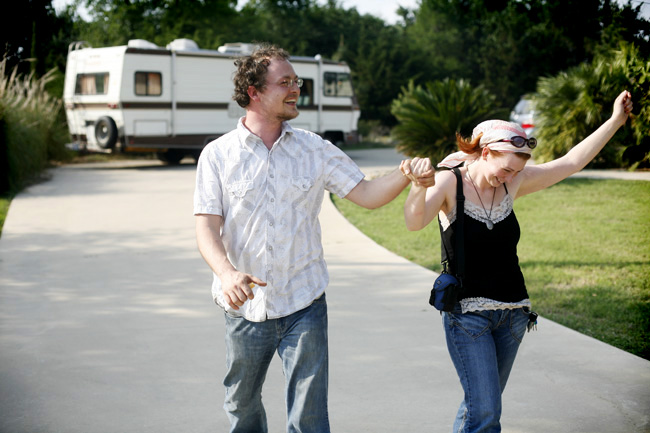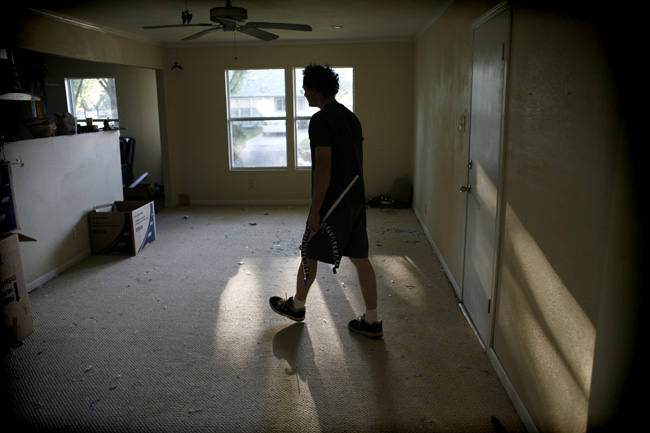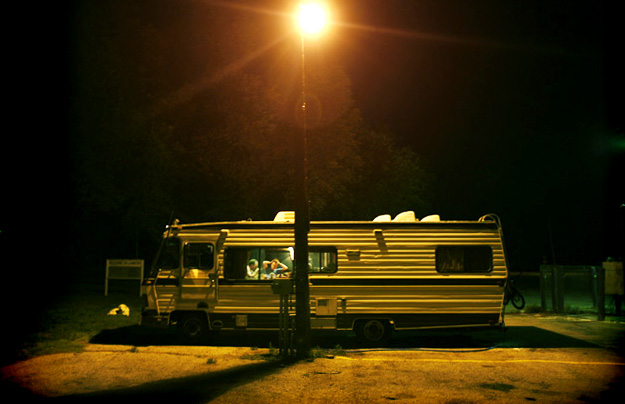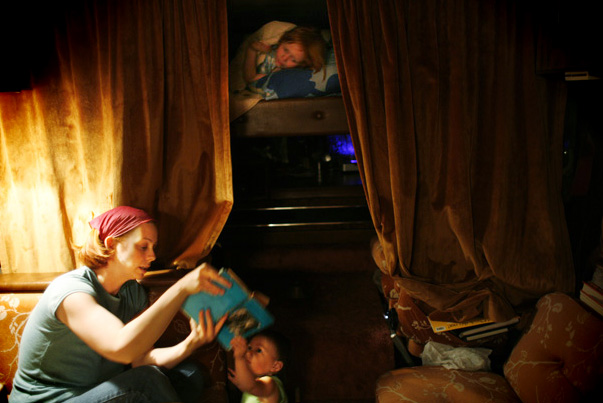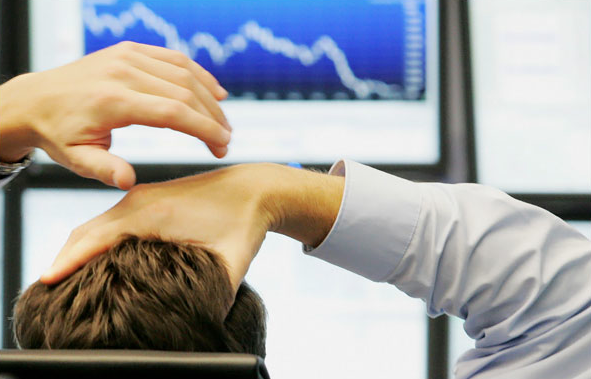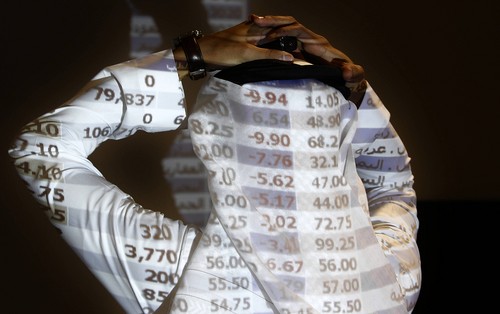There are thousands of photos today of people throughout the US and around the world celebrating the Obama victory. These come on top of the hundreds put up yesterday of Americans standing patiently in long lines to vote. I finally stopped my search for the elusive photo that would capture it all. That photo doesn’t exist, but I kept coming back to this one:
The celebration is there, like the patriotism that was always there, but the joy of having finally overcome one great barrier should never erase the pain that lies within that story. This is a time for smiles and cheers and the renewal of hope that is so essential to democratic life–but it also is an occasion that can only be truly comprehended through tears. The sob welling up in this man’s face speaks volumes about how much he and so many others have suffered quietly, painfully, their grief and frustrations hidden away form public view lest they be made worse yet. Today, however, a great transmutation is taking place, and pain can finally be converted into joy.
This transformation in the individual heart can occur only because democracy worked as it is supposed to work. For all the flaws and demands and sheer theatrical excess of the electoral campaign, the election made official what are real changes in American society. Look at the others in the photo: not only the diversity but also the comfort level of those being crowded together. This new, good vibe has been evident in the Obama campaign all along, and the fact that it was able to prevail over proven tactics of fear-mongering, character assassination, and a vicious nativism is one of the great achievements of this election.
Forty years ago Martin Luther King, Jr. was assassinated, the cities went up in flames, and the democratic process itself seemed to break apart as Chicago police brutally clubbed hundreds of people gathered in Grant Park to protest the Vietnam War. Forty years later, Barack Obama was elected president as Grant Park filled with over 200,000 people celebrating real change within the cities and across the nation. What may be most remarkable about this victory is that it was achieved without revolutionary disruption. Look again at the photo above and at the thousands of other photographs of this election: They record nothing but the ordinary procedures and rituals of an American election, and they do so using nothing but the regular conventions of photojournalism. And that is enough. There is no need for revolutionary iconography or artistic innovation. Ordinary people standing in line, recording their vote, gathering for a speech, celebrating in the living room or bar or street or park–just like you’ve seen before. But with a difference–and it is that combination of historical change with ordinary democracy that provides real hope.
Photograph by Damon Winter/New York Times.

